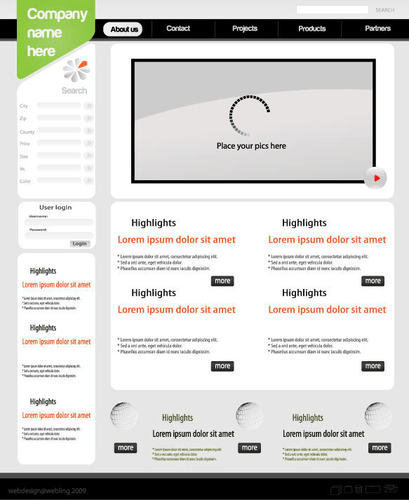Change In Net Working Capital: Formula, Calculations & Guide

On the other hand, negative NWC can serve as a warning—reflecting impending liquidity issues. Working capital is constantly fluctuating, altering the delicate balance between current assets change in net working capital equation and current liabilities. That said, a dramatic change in working capital from one period to the next can signify equally dramatic consequences for your company.
How to Find Change in NWC on Cash Flow Statement (CFS)
Suppose we’re tasked with calculating the incremental net working capital (NWC) of a company, given the following historical data. Unlevered Free Cash Flow is the cash generated by a company before accounting for interest and taxes, i.e. it represents cash available to all capital providers. With those figures in hand, a clearer picture contra asset account of your company’s health begins to emerge.

Exploring Net Working Capital: Real-Life Examples and Implications

Tracking https://www.bookstime.com/ it is key, since you need to know that you have enough cash at your fingertips to cover your costs and drive your business forward. Current assets do not include long-term financial investments or other holdings that may be difficult to liquidate quickly. These include land, real estate, and some collectibles, which can take a long time to find a buyer for. Paying off long-term obligations requires planning to avoid compromising the funds for running the business.
- We have been given both current assets and current liabilities in the above example.
- This extends the time cash is tied up and adds a layer of uncertainty and risk around collection.
- In simple terms, you can calculate working capital by subtracting what the company owes (or its liabilities) from what the company owns (or its assets).
- Changes in working capital reflect the fluctuations in a company’s short-term assets and liabilities over a specific period.
- This is not the same as working capital, which is the monetary difference between current assets and current liabilities.
Negative

Your business must maintain a sound Net Working Capital to run its business operations. Both excessive and inadequate Net Working Capital positions impact your business. Adequate Net Working Capital ensures that your business has a smooth operating cycle. This means the time needed to acquire raw material, manufacture goods, and sell finished goods is optimum. Toillustrate how much of a change each of these assumptions can have on workingcapital requirements, Table 10.11 forecasts expected changes in non-cashworking capital using each of the approaches.
- Which may appear extended and at first sight seem like a diverging trend.
- Companies capable of generating more unlevered FCFs possess more discretionary cash, which can be allocated to reinvestments in operations or to fund future growth strategies (e.g. capital expenditure).
- Monitoring changes can also help you make informed decisions with the ability to react quickly to financial challenges.
- The working capital metric is relied upon by practitioners to serve as a critical indicator of liquidity risk and operational efficiency of a particular business.
- That is, you need to use discounting and compounding techniques in capital budgeting.
Calculate Net Working Capital for Current and Previous Year

Changes in working capital reflect the fluctuations in a company’s short-term assets and liabilities over a specific period. Working capital is calculated from the assets and liabilities on a corporate balance sheet, focusing on immediate debts and the most liquid assets. Calculating working capital provides insight into a company’s short-term liquidity and efficiency. A company with positive working capital generally has the potential to invest in growth and expansion. But if current assets don’t exceed current liabilities, the company has negative working capital, and may face difficulties in growth, paying back creditors, or even avoiding bankruptcy. It’s a commonly used measurement to gauge the short-term financial health and efficiency of an organization.